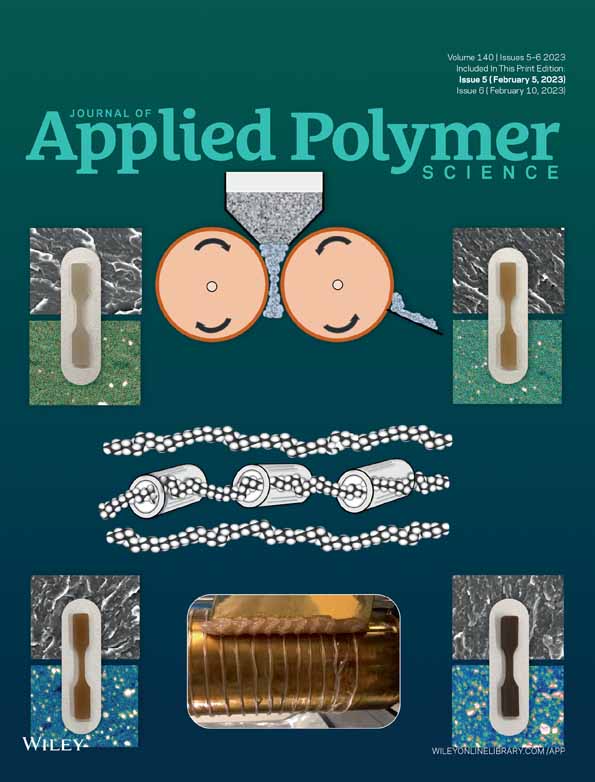Plasma surface modification of graphene oxide nanosheets for the synthesis of GO/PES nanocomposite ultrafiltration membrane for enhanced oily separation
Funding information: Yükseköğretim Kurulu, Mevlana International Exchange Program
Abstract
In this study, two different monomers, namely hexafluorobutyl acrylate (HFBA) and diethylaminoethyl methacrylate (DEAEMA) were individually used to modify graphene oxide (GO) nanosheets via environmentally friendly plasma enhanced chemical vapor deposition (PECVD) method. The results from instrumental analyses confirmed the successful deposition of respective functional material onto the nanomaterials. Modified GOs were used as the nano-fillers to develop composite polyethersulfone (PES) ultrafiltration (UF) membrane with improved surface properties for oily solution treatment. All the developed membranes were characterized with a series of analytical instruments to support the findings of membrane filtration performance. The results indicated that the membrane incorporated with DEAEMA-GOs (coated with hydrophilic polymer) could achieve better results in terms of oil rejection, antifouling resistance and water recovery rate than the membrane incorporated with HFBA-GOs (coated with hydrophobic polymer). This is due to the reduced agglomeration between modified GOs as well as better interaction of hydrophilic-coated GOs with polymer membrane. Compared to the pure water flux of the membrane incorporated with unmodified GO, the membrane incorporated with DEAEMA-GO achieve approximately 85% higher value with oil removal rate remained almost unchanged (98.94% rejection).
CONFLICT OF INTEREST
No potential competing interest was reported by the authors.
Open Research
DATA AVAILABILITY STATEMENT
The data that support the findings of this study are available from the corresponding author upon reasonable request.




